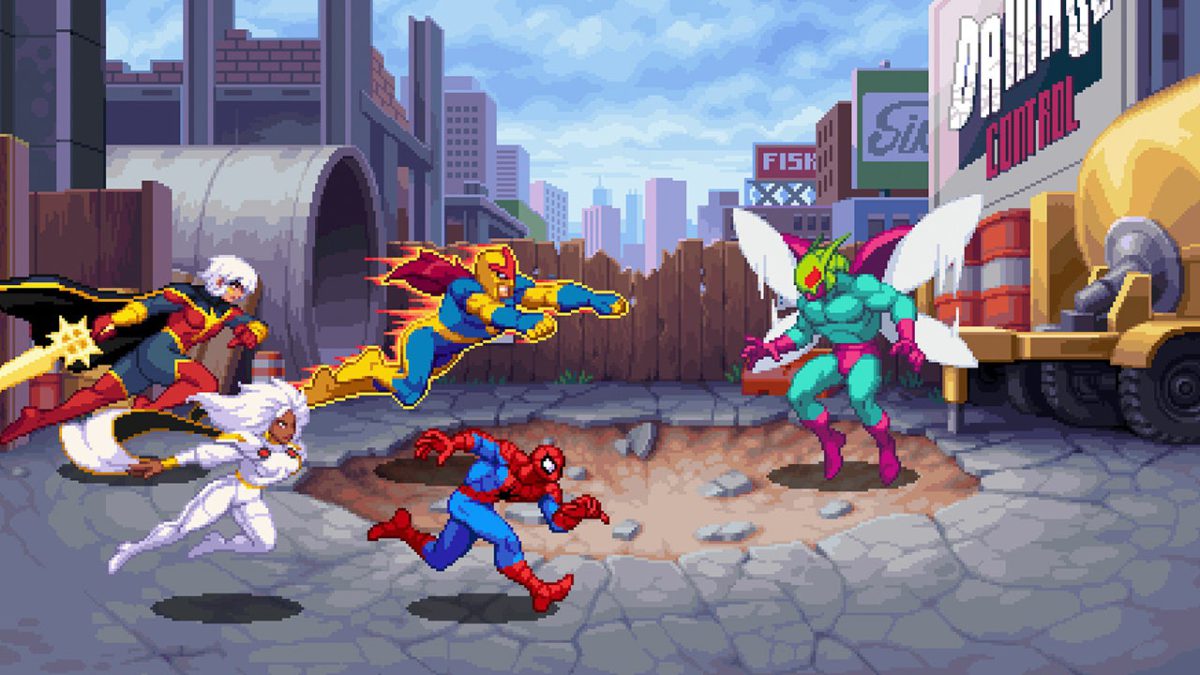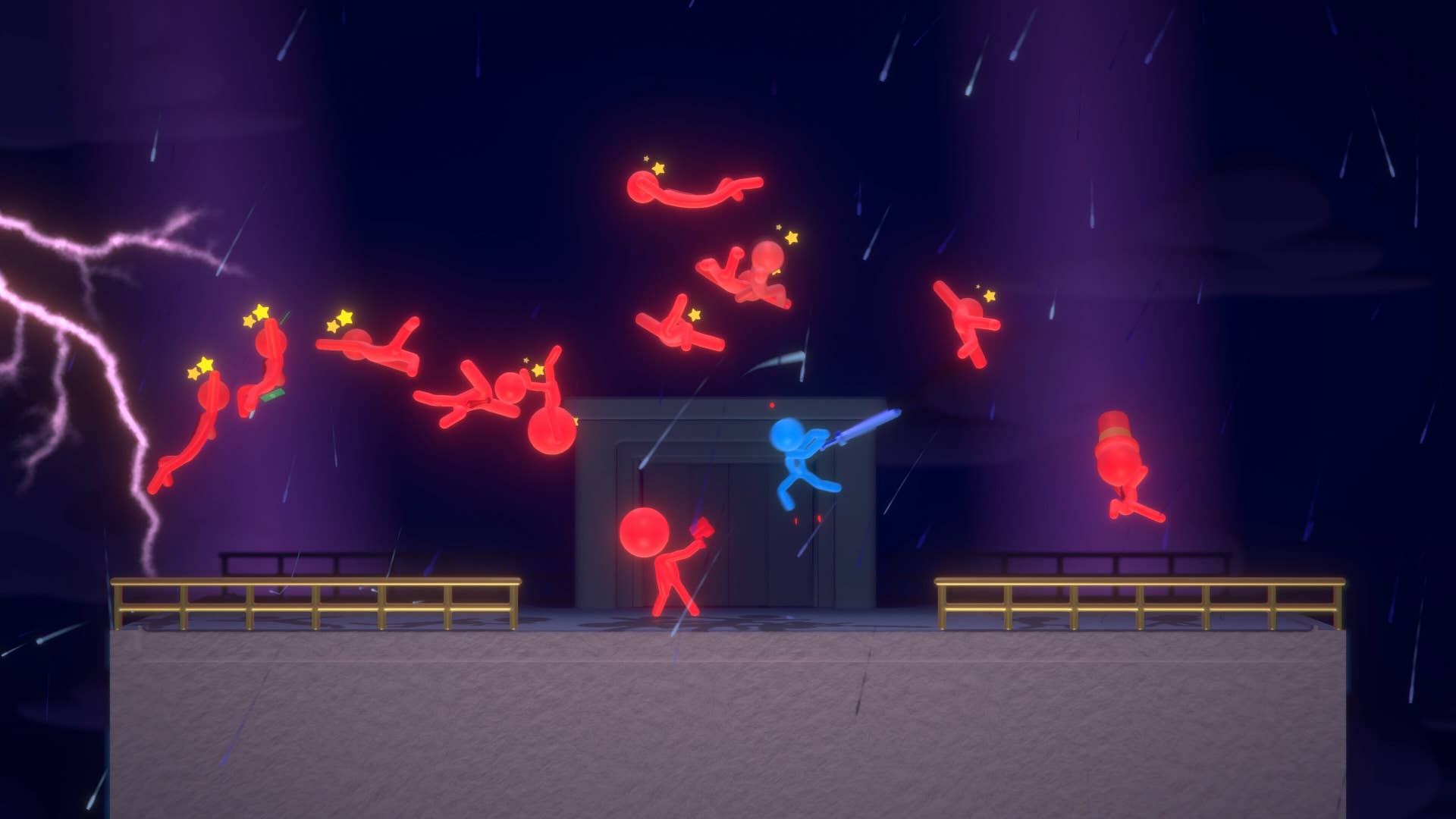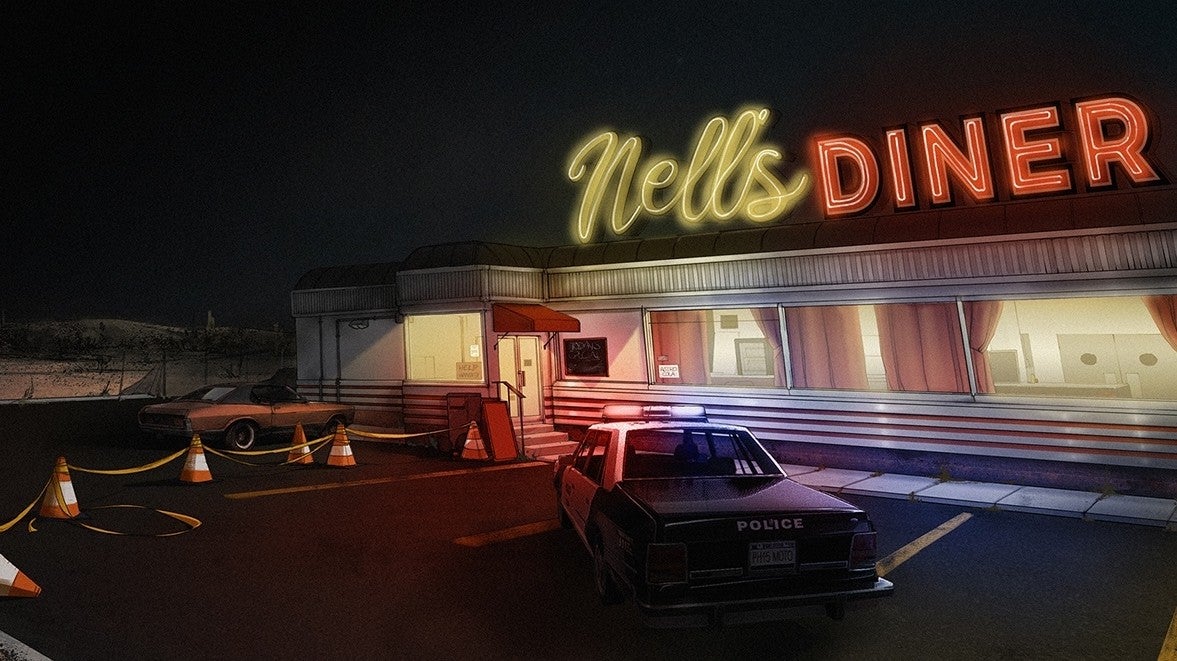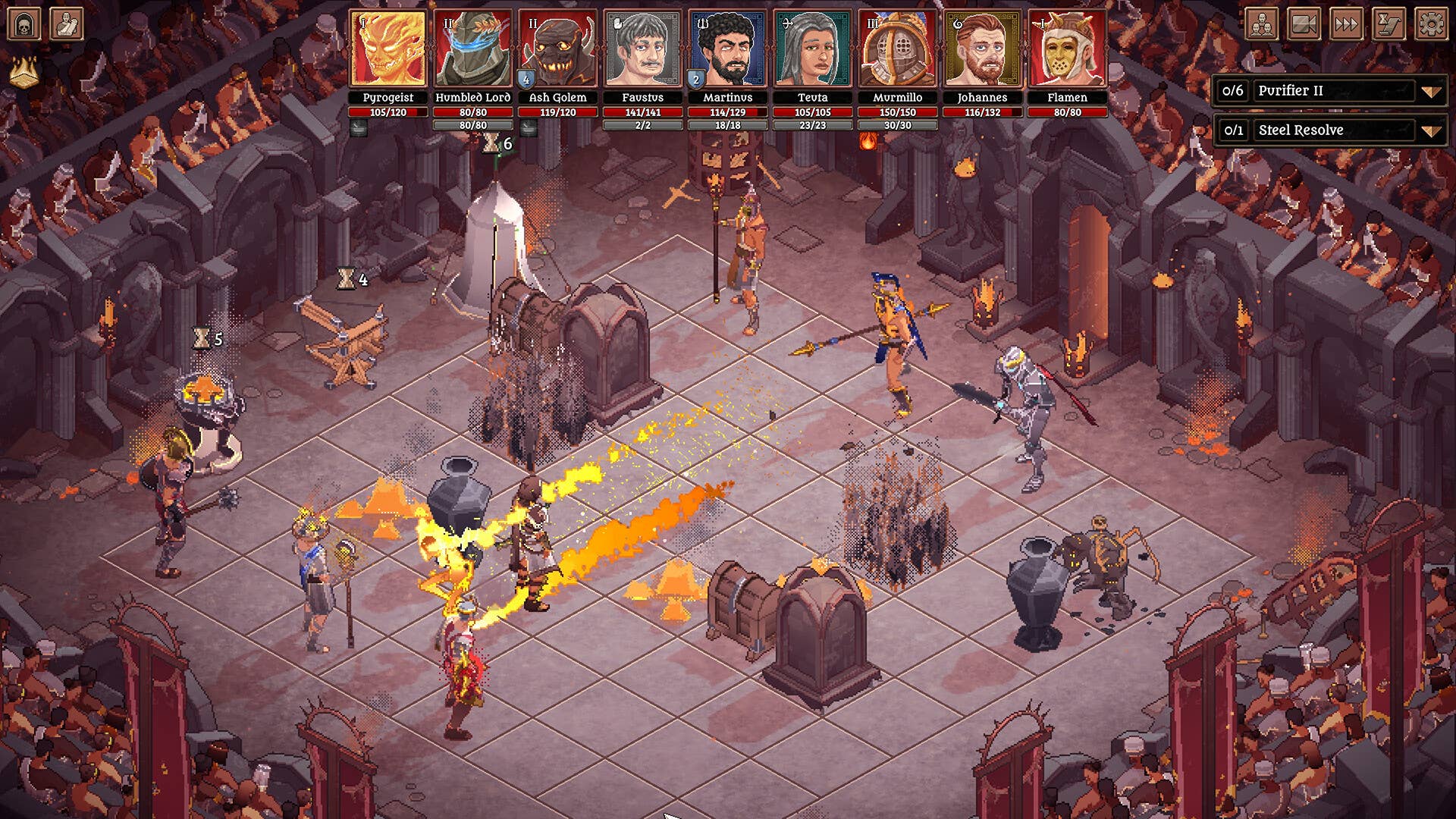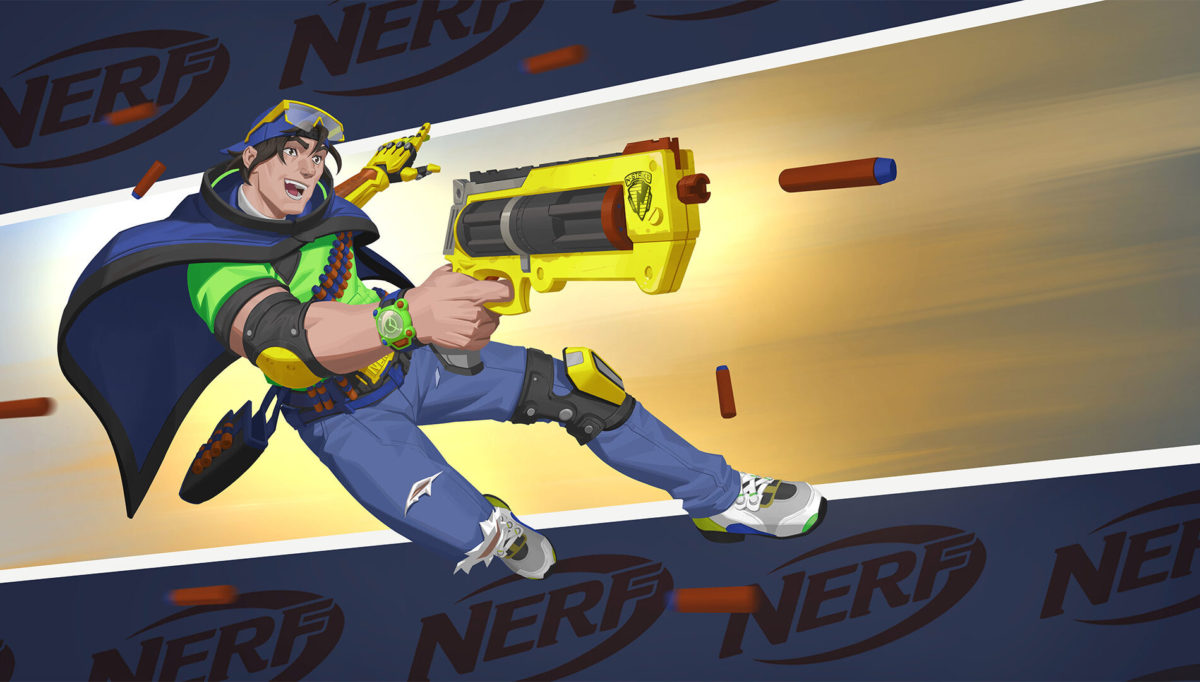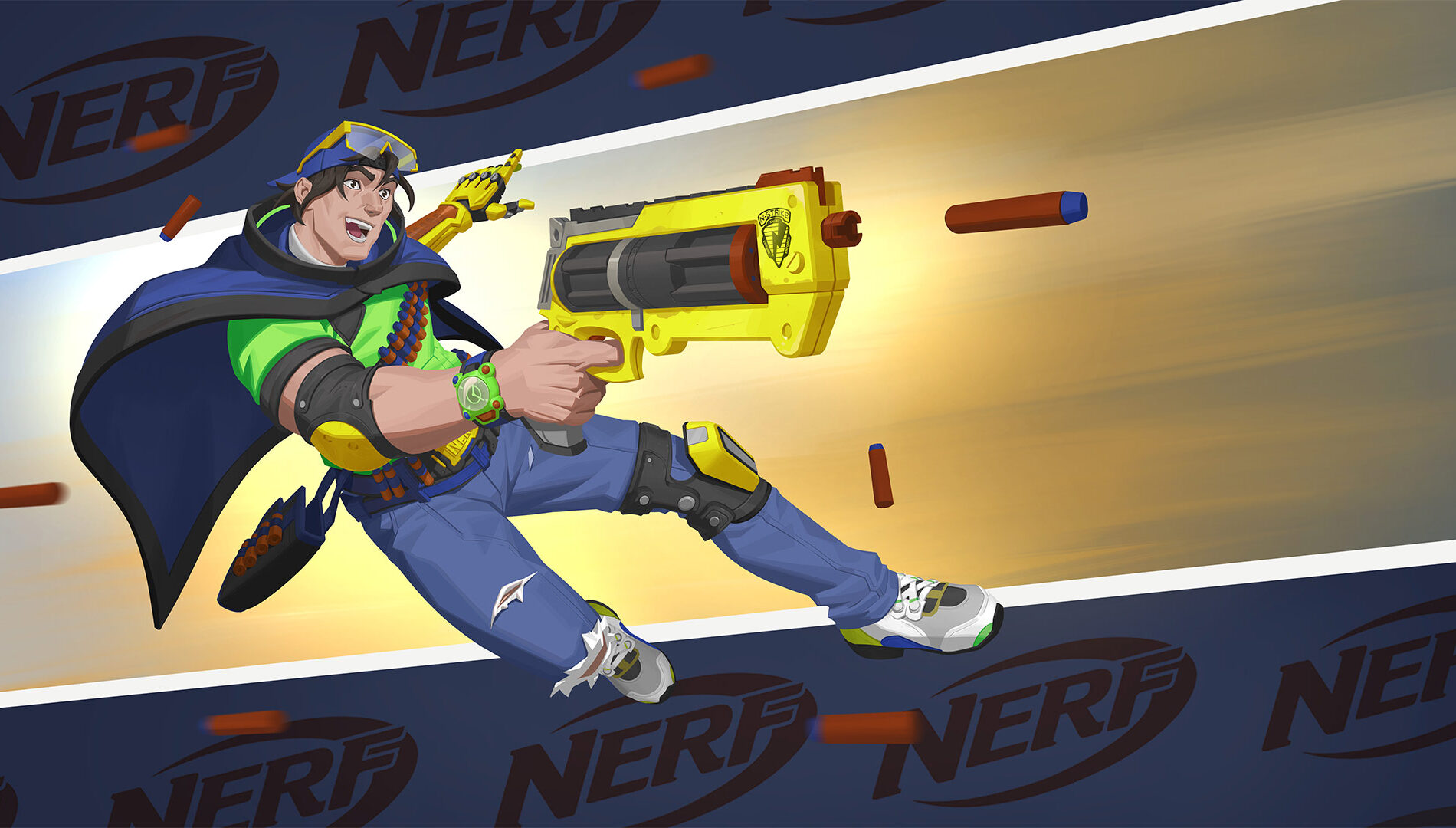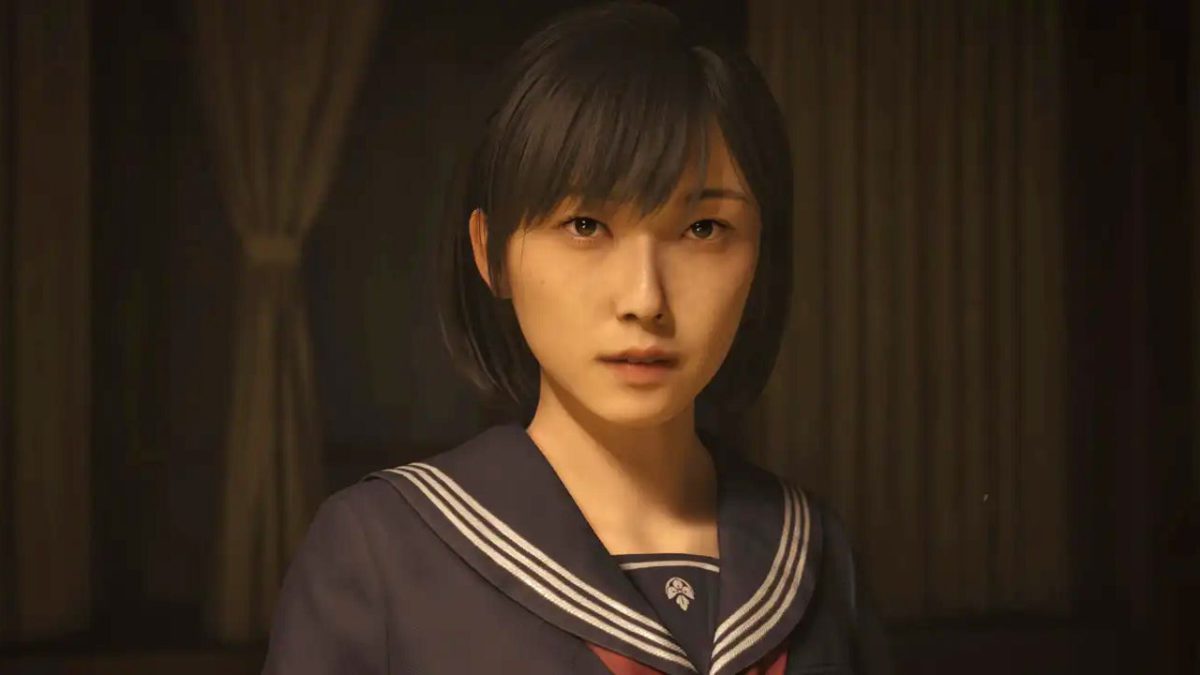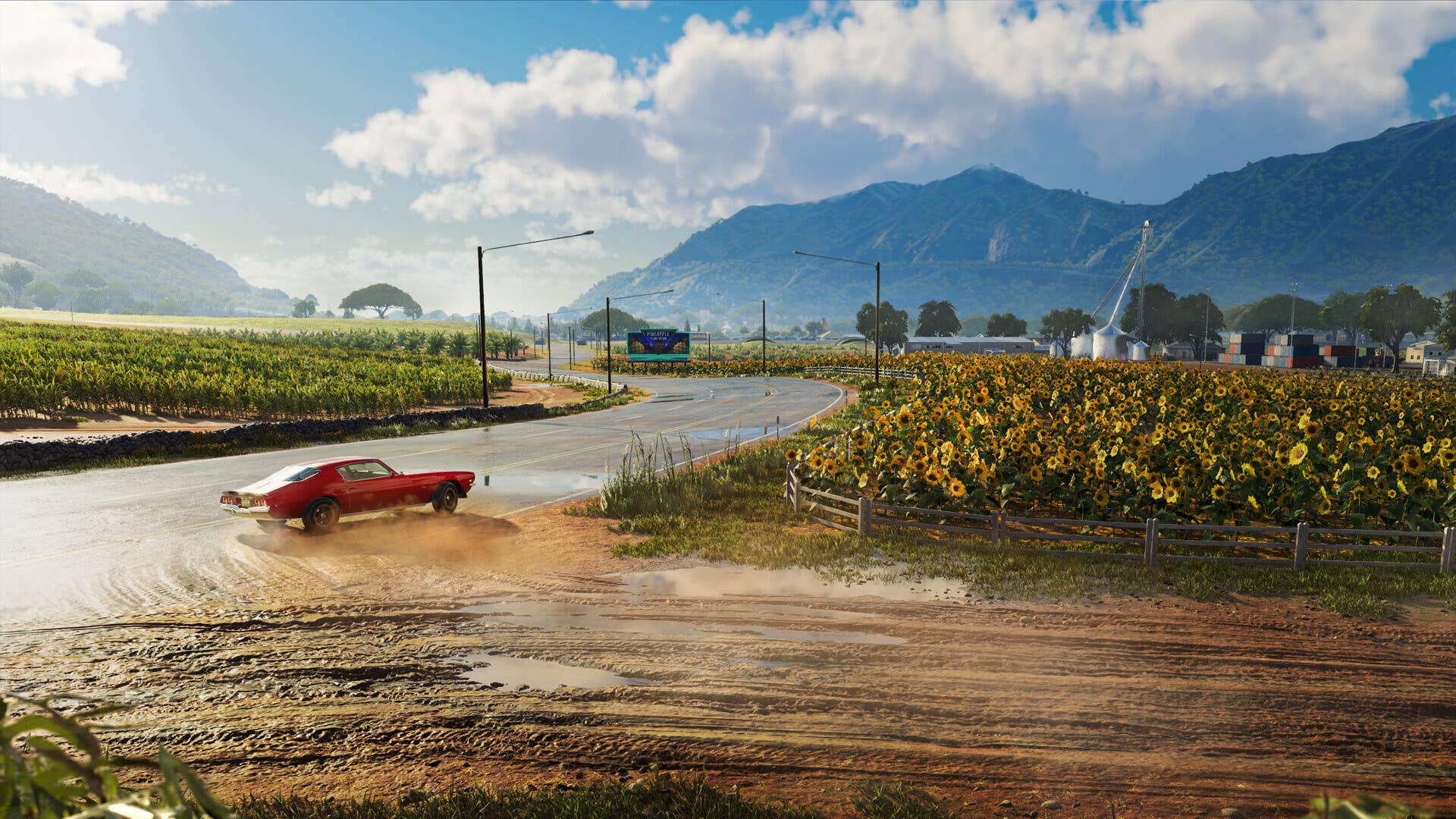
After almost 20 years of the MCU’s dominance—where characters like Gamora and Groot have miraculously become household names and command the careers of A-list actors—we’ve suddenly found ourselves in a period of nostalgia for Marvel’s ramshackle 1990s era. This was first felt with the warm reception that found Disney+’s hugely charming X-Men ’97 series, a show that was completely disconnected from any overarching multiversal storylines whatsoever. And the same principles apply to Marvel Cosmic Invasion, which is a throwback in every conceivable way. The retro-themed arcade-style spiritual successor to X-Men: The Arcade Game intends to be a back-to-basics brawler, teleporting everyone behind the controller to a simpler time—a dilapidated arcade, deep in the bowels of a suburban mall, right after school lets out for the summer.
Cosmic Invasion is developed by Tribute Games, the Canadian studio best known for their work on the 2022 revival, Teenage Mutant Ninja Turtles: Shredder’s Revenge. The two projects clearly share the same DNA. Like Tribute’s turn with the Turtles, Cosmic Invasion is gorgeously rendered in beautified pixel art, with all the sprites popping off the screen with vibrant primary colors. There is hardly any story to speak of, at least in the demo I played. (The intergalactic villain Annihlus has unleashed a universe-spanning conquest, and we’re here to fend him off.) It’s a plot that could fit on the back of a cereal box, and I think that’s the point. Cosmic Invasion is not a grimdark, Synder-fied vision of Marvel. Our superheroes have been brought to life exactly as they were found in the comics three decades ago. Captain America looks resplendent in his red white and blue, Wolverine wears a spiky black cowl, while She-Hulk—as she ought to be—is lime green. Too many Robert Downey Jr. monologues have detracted from the fact that these characters are cartoons, at the end of the day. And in that sense, Cosmic Invasion attempts to correct the record.
Cosmic Invasion won’t take anyone by surprise with its gameplay. If you are a veteran of quarter-gobbling brawlers—Streets of Rage, Armored Warriors, or my personal favorite, The Simpsons—you know what you’re getting into here. A stream of baddies enter from the right side of the screen, and all of them are quickly dispatched with a cocktail of punches, kicks, and grapples until they blink out of existence for good. Once they’re clear, you’ll move onto the next battleground and rinse and repeat. Eventually you’ll encounter a boss at the level’s conclusion, which is usually dispatched by standing outside of whatever screen-filling ability they unleash every 20 seconds or so. Like Shredder’s Revenge, the controls are simple enough that pretty much everyone can pick up a gamepad and become a useful member of a winning team. (Beat-em-ups are historically amenable to button-mashing younger siblings, and this one is no different.)
But with the expanded roster of 15 unique superheroes at launch, Cosmic Invasion does seem eager to provide a few more opportunities for strategy compared to its forebearers. Our Marvel superstars here have loosely defined roles, corresponding to RPG-esque arrangements. Captain America and his vibranium shield functions like a tank, while Rocket Raccoon—and his arsenal of grenades and laser pistols—excels at taking down enemies from farther away. Across the board, everyone has what you could call an “ultimate” that can only be dispatched when an energy bar ticks full. Yes, Cosmic Invasion is a retro experience, but it has taken a few important cues from the previous decade of game design.
For what it’s worth, I was most drawn to She-Hulk. Tribute just announced that she would be joining the roster, and I found her powerhouse offense exactly what I was looking for. The tight acrobatics of Spider-Man and eldritch deep-space assaults of the Silver Surfer are all fine and good. But, sometimes, all I want to do is grab an enemy by the throat and drive them into the ground, snuffing out any chance of a comeback. I imagine Cosmic Invasion will inspire that same feeling in a lot of players. This is a game where it’s possible to claim a “main.” Don’t be fooled by its featherweight exterior. It is very much possible to master all the nuances of your preferred character, and carry the rest of the team.
So it’s no surprise Cosmic Invasion seems designed to be a co-op experience first and foremost. That is where the genre historically tends to shine—four buddies on a couch, burning off a Saturday night by fighting through the Negative Zone. But Tribute Games has smartly introduced a mechanic that makes the adventure surprisingly adaptable to a solo campaign. Players select two superheroes at the character select screen, and they can swap them out at will during the levels—like a tag-team from Marvel vs. Capcom. Time the swap correctly, and you’ll be able to chain together some truly flashy combos that look like a triumphant splash panel. I like the idea of being able to mess around with my own builds, and construct some devastating synergies, without necessarily having someone join me on our quest to crush Annihilus. It may offer Cosmic Invasion more staying power than the delightful but transient Shredder’s Revenge.
I only saw two levels of Cosmic Invasion. I carved up the streets of Midtown Manhattan—in front of Spider-verse locales like the Daily Bugle, and billboards for the in-universe soap opera Secret Hospital. (If there’s one thing Tribute Games truly excels at, it’s populating their licensed products with the sort of references that only superfans will get.) Later we explored a helicarrier that seemed to exist primarily so that I could toss hapless soldiers off the edge and to their death. (It also was the site of an elevator battle, which remains one of the great beat-em-up traditions.) It remains to be seen if Cosmic Invasion will be able to sustain its magic across a full campaign. Will tearing apart the legion of evildoers be as joyful during hour six as it is during this glorious prelude? It’s tough to say for sure. But if nothing else, Cosmic Invasion makes an indelible first impression.

